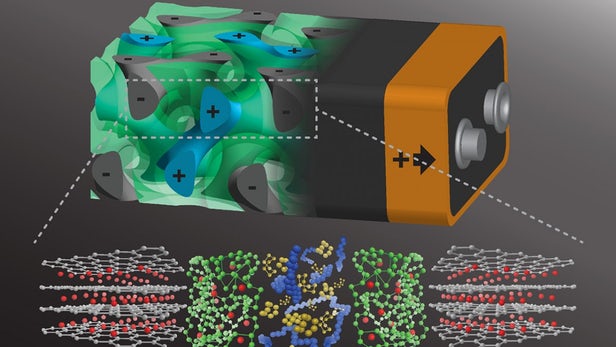
Breaking News
 Alternative Ways to Buy Farmland
Alternative Ways to Buy Farmland
 LED lights are DEVASTATING our bodies, here's why | Redacted w Clayton Morris
LED lights are DEVASTATING our bodies, here's why | Redacted w Clayton Morris
 How My Youtube Channel Makes Money
How My Youtube Channel Makes Money
Top Tech News
 Travel gadget promises to dry and iron your clothes – totally hands-free
Travel gadget promises to dry and iron your clothes – totally hands-free
 Perfect Aircrete, Kitchen Ingredients.
Perfect Aircrete, Kitchen Ingredients.
 Futuristic pixel-raising display lets you feel what's onscreen
Futuristic pixel-raising display lets you feel what's onscreen
 Cutting-Edge Facility Generates Pure Water and Hydrogen Fuel from Seawater for Mere Pennies
Cutting-Edge Facility Generates Pure Water and Hydrogen Fuel from Seawater for Mere Pennies
 This tiny dev board is packed with features for ambitious makers
This tiny dev board is packed with features for ambitious makers
 Scientists Discover Gel to Regrow Tooth Enamel
Scientists Discover Gel to Regrow Tooth Enamel
 Vitamin C and Dandelion Root Killing Cancer Cells -- as Former CDC Director Calls for COVID-19...
Vitamin C and Dandelion Root Killing Cancer Cells -- as Former CDC Director Calls for COVID-19...
 Galactic Brain: US firm plans space-based data centers, power grid to challenge China
Galactic Brain: US firm plans space-based data centers, power grid to challenge China
 A microbial cleanup for glyphosate just earned a patent. Here's why that matters
A microbial cleanup for glyphosate just earned a patent. Here's why that matters
 Japan Breaks Internet Speed Record with 5 Million Times Faster Data Transfer
Japan Breaks Internet Speed Record with 5 Million Times Faster Data Transfer
"3D battery" design twists together for split-second charging

Now, engineers at Cornell University have developed an unusual new structure that intertwines the components together in a swirling shape, which they say lets the device recharge in a matter of seconds.
The Cornell team's new battery architecture is based on a complex, porous shape known as a gyroid, which has previously been used to make the most of the 2D wonder material graphene. The new battery also used thin films of carbon (although not thin enough to become graphene), built into a gyroidal shape using a process known as block co-polymer self-assembly.
This carbon gyroid forms the anode of the battery, and contains thousands of pores each about 40 nanometers wide. These pores were then coated with a separator layer about 10 nanometers thick, and then a sulfur cathode was added. The final ingredient to fill up the last bit of those pores is an electronically-conducting polymer called PEDOT.

 No Excuses: Throw A Party!
No Excuses: Throw A Party!


